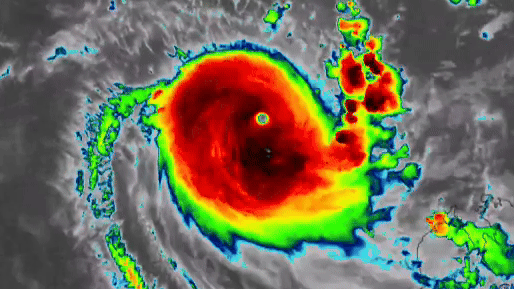Dramatic Dashcam Footage Reveals Close Encounter with Lightning on Atlanta Highway
A heart-stopping dashcam video has gone viral after capturing a lightning strike mere feet from moving vehicles on a busy Atlanta highway this week. The footage, recorded during a severe thunderstorm on Tuesday afternoon, shows a blinding bolt striking the roadside near I-285, temporarily illuminating the entire roadway with an eerie blue-white glow. Meteorologists confirm this rare close-range capture underscores the very real dangers of driving during electrical storms.
Nature’s Power on Full Display
The 22-second clip, timestamped 4:17 PM EST on June 11, reveals three lanes of traffic moving cautiously through heavy rain when suddenly—with no warning—a jagged lightning channel connects with the ground just beyond the shoulder barrier. The strike’s thunderclap is audible even over engine noise and pounding precipitation.
“This is one of the closest non-fatal highway lightning strikes I’ve seen in 15 years of storm analysis,” said Dr. Evelyn Choate, severe weather researcher at Georgia Tech. “The discharge occurred approximately 30 yards from the nearest vehicle—well within the danger zone for ground current effects.”
Key details about the incident:
- Location: I-285 near Northside Drive NW (mile marker 22)
- Time: During peak evening commute hours
- Weather conditions: Torrential rain with 50mph wind gusts
- No injuries reported despite proximity to traffic
The Science Behind Highway Lightning Risks
While many drivers assume their vehicles provide complete lightning protection, experts warn this is a dangerous misconception. According to National Weather Service data:
- Over 400 people are struck by lightning annually in the U.S.
- Roadways account for 18% of strike locations—the third most common site after open fields and water
- Rubber tires offer no meaningful protection from lightning strikes
“A car’s metal frame can create a Faraday cage effect,” explained Choate, “but that protection fails if occupants touch door handles, radios, or other conductive surfaces during a strike.”
Driver Reactions and Safety Protocols
The video’s uploader, identified only as “Marcus K.”, reported seeing the strike in his rearview mirror. “It felt like a bomb went off—the whole car shook,” he recounted. “I pulled over immediately because my ears were ringing.”
Atlanta PD issued a statement reminding drivers of storm safety protocols:
- Activate hazard lights and reduce speed during low visibility
- Avoid parking under trees or near power lines
- Remain in vehicles if lightning is present
- Wait 30 minutes after the last thunderclap to resume travel
Transportation departments in several states have begun installing lightning detection systems along major highways following a 2022 FHWA study showing weather-related crashes increase 34% during thunderstorms.
Climate Change and Increasing Weather Extremes
Meteorologists note this event aligns with troubling trends. The Southeast has experienced a 27% increase in cloud-to-ground lightning since 2015 according to NASA satellite data. Some researchers attribute this to warmer atmospheric conditions holding more moisture.
“We’re seeing more ‘bolt from the blue’ incidents—strikes that occur 10-15 miles from storm centers,” warned Dr. Raj Patel of the National Center for Atmospheric Research. “Drivers might think they’re safe because rain has stopped, when in fact the lightning risk persists.”
Protecting Yourself on the Road
Safety advocates recommend these precautions when driving in storms:
- Monitor weather apps with real-time lightning maps
- Pull into rest areas rather than roadside shoulders if possible
- Avoid using cruise control in wet conditions
- Keep both hands on the wheel to prevent electrical conduction through arms
The Georgia DOT has announced plans to test new lightning alert signage along I-285 this summer. Meanwhile, the viral video serves as a sobering reminder of nature’s power. As Marcus K. put it: “One second later, and that could’ve been someone’s windshield.”
Stay weather-aware: Bookmark the National Weather Service’s lightning safety page for real-time alerts and protection tips during your travels.
See more Your Daily Weather



